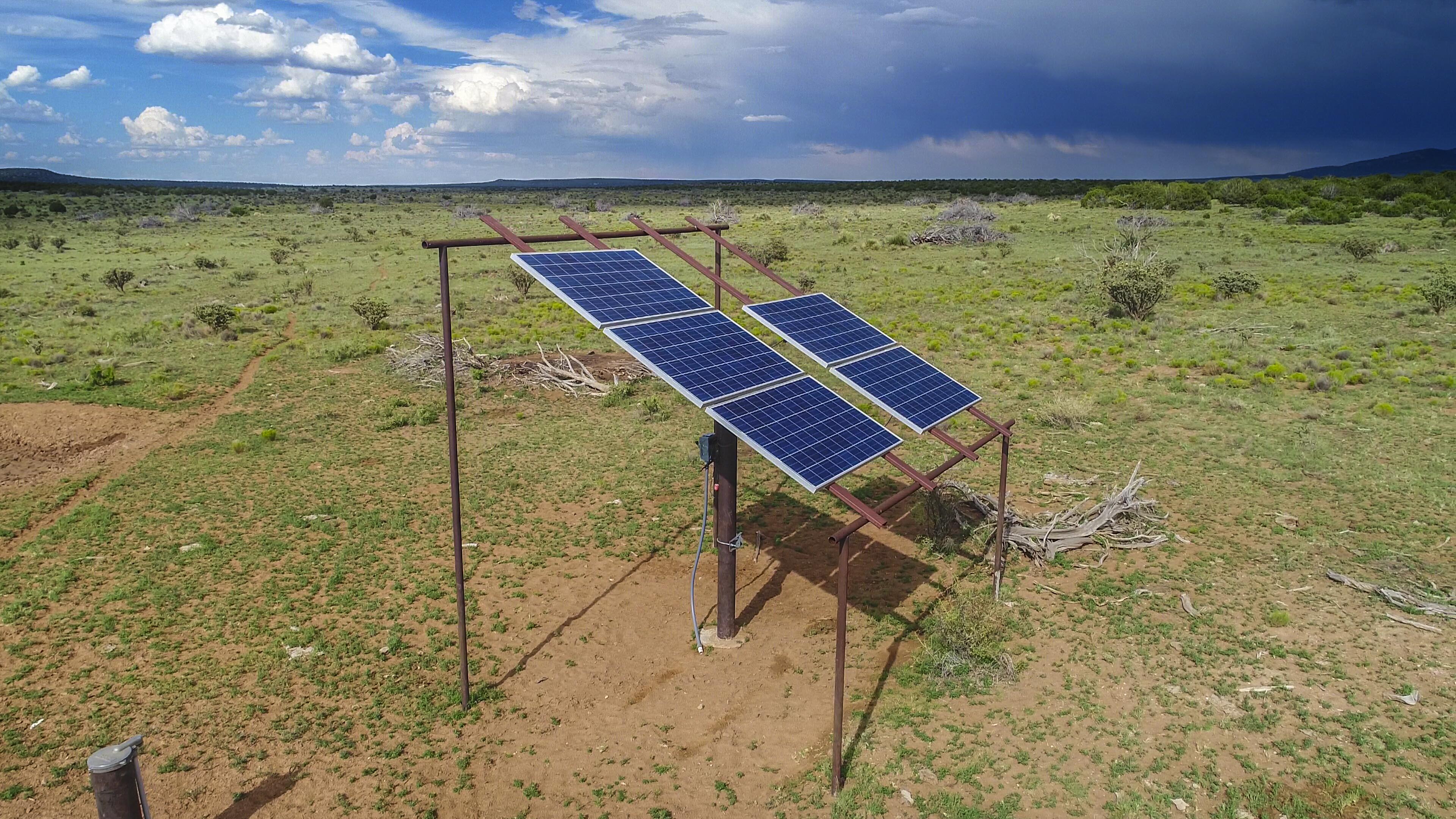5 Ways Conservation Easements Benefit the Land, and the Rancher.

Whether you’re a newer landowner or a sixth generation rancher, chances are, you’re deeply connected to the land.
Conservation easements can be a great resource for the modern day rancher and offer a variety of benefits ranging from protecting productive, working lands to offering tax incentives.
A conservation easement is a voluntary legal agreement on the part of a private landowner, which contains permanent restrictions on the use or development of the land in order to protect certain conservation values on the property. Easements exist in perpetuity and ensure that the conservation values of the protected lands are preserved into the future.
Here are just a few of the benefits and rewards that can come with a Conservation Easement:
1/ The rancher can bring their vision for the land forward and help preserve a legacy. Plus, through the establishment of building or agricultural envelopes, the landowner can plan for future development needs within the easement. This is especially helpful when passing on the ranch to your children.
2/ State and federal tax benefits are part of the package. They allow landowners of all income ranges to conserve their land for future generations and realize some of the value now.
Federal and state laws, and Internal Revenue Service regulations provide income and estate tax incentives for conservation easements and other forms of land conservation. All of these are based on the concept that protecting certain conservation values has significant public benefit.
3/ The easement helps ensure that working lands and watersheds remain healthy and productive. The economic and environmental challenges affecting farming and ranching today leave landowners susceptible to the pressures of all types of development. A healthy agricultural base depends on keeping these working lands open and intact – not chopped up into parcels too small to be productive or stripped of their water rights.
4/ Conservation values include the protection of historical or culturally important lands and structures, as well as public recreational and educational opportunities. Conservation on private lands helps buffer and protect neighboring public lands, as well. After all, who would want to see a housing development or wind farm within view of a favorite park or national forest?
5/ The easement helps to maintain the property’s open spaces, view shed and wildlife, as well as the natural resources wildlife depend on. The values help to protect the land’s water, habitat, and open spaces for migratory corridors and flyways. After all, nature in general doesn’t recognize property lines.
Development can force wildlife to relocate—sometimes suddenly—or find other sources of food and shelter when habitats are fragmented. Or they can disappear altogether as competition for dwindling resources can decimate entire species.
6/ And one more… There are also benefits that come with purchasing a conservation easement property.
View The Gran Quivira West Property now and learn more.
For current and relevant information visit your state’s land conservation organizations. This information does not constitute legal, financial or tax advice. Landowners are strongly encouraged to retain qualified legal and other advice before conserving their land.

